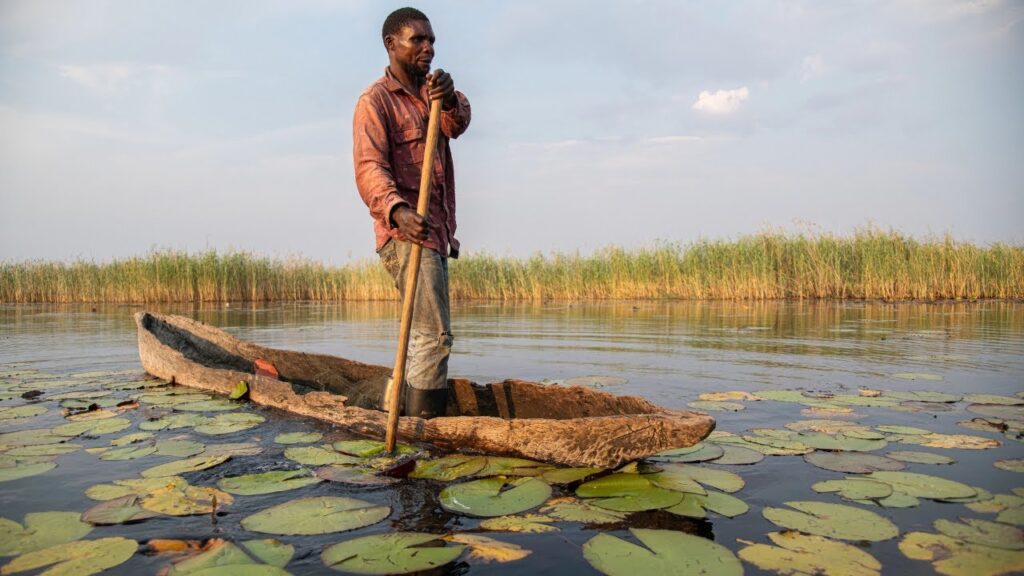Lukanga Swamp – An In-Depth Look at One of Zambia’s Most Unusual Wetlands
Lukanga Swamp is one of Zambia’s most unusual and beautiful wetlands. Situated in the middle of the country, the swamp is home to a variety of endemic species and a stunning array of birdlife. This guide takes an in-depth look at the wonders of Lukanga Swamp, from its unique ecology to its fascinating cultural history.
Exploring the Unique Ecology of Lukanga Swamp
Lukanga Swamp is the largest of the few permanently inundated wetlands in Zambia. It is located in the south-central part of the country, and covers an area of 1,100 square kilometers. The swamp is home to a rich and diverse range of wildlife, including large numbers of endemic species.
The wetlands are fed by the Lukanga River, which flows through the swamp and is home to a variety of fish species. The swamp is also home to a wide range of amphibians, reptiles and mammals, as well as a large number of invertebrates. The most common bird species here are African skimmer, African fish eagle, and African pied kingfisher.
The vegetation of Lukanga Swamp is made up of a variety of grasses, shrubs and trees, with the most common species being water lilies. The swamp also provides a habitat for a wide range of aquatic plants, including water ferns, water lilies and reeds.
The Cultural History of Lukanga Swamp
Lukanga Swamp has a long and rich cultural history. It has been inhabited for centuries, and is home to a number of traditional villages. The people living here are mainly subsistence farmers, and the area is known for its traditional crafts such as basket weaving and pottery making.
The swamp is also home to a variety of archaeological sites, including the remains of a 16th century stone-built fortress and a number of traditional burial sites. The area is also home to a number of ancient rock carvings, which are believed to be over 500 years old.
The Future of Lukanga Swamp
Lukanga Swamp is an important habitat for a number of threatened species, and is an important part of Zambia’s natural heritage. The area is also home to a large number of traditional communities, and is an important source of local livelihoods.
In recent years, the swamp has been facing a number of threats, such as deforestation, climate change and pollution. In response to these threats, the government of Zambia has established a number of protected areas in and around the swamp, and is working to promote sustainable development and conservation in the area.
Conclusion
Lukanga Swamp is one of Zambia’s most unique and beautiful wetlands. It is home to a variety of endemic species and a stunning array of birdlife, and is also an important part of Zambia’s cultural heritage. The area is facing a number of threats, but the government of Zambia is working to promote sustainable development and conservation in the area.

